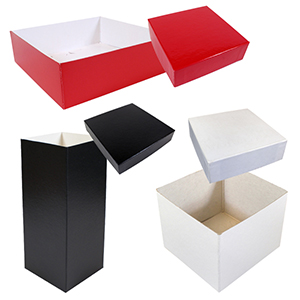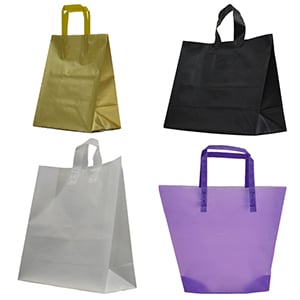How to Identify and Label Old Items for Sale
Are you opening a store or planning to sell items that are considered dated or old? Selling items from yesteryear requires proper research and price labeling by merchants like you. There are many different terms to classify some old items from others, but those who are not collectables or historians only see them as just plain “old”. Other merchants will often use words such as “retro”, “vintage”, and “classic” interchangeably, which only creates more questions than answers when you have to officially determine an item to come from one time period.

Here are all the different types of aged items and how you can identify them this way they can be labeled accordingly with Avery Dennison labels.
Antiques
“Antique” items are items that are considered over a century old, in this case, were created in the year 1918 or earlier. Historians will claim that with older age comes more value, and that they bear a historical significance. With this in mind, many antique stores have considered younger items as antiques in order to get more money for them.
If you use Avery Dennison labels and don’t wish to risk ruining the item, you can apply the label to a price tag that is tied to the item.
Vintage
Vintage is considered younger than antique. This applies to items that are older than 20 years or more. Vintage items will usually refer to items that reflect a certain era or decade.
For instance, a wall poster can be labeled as an item from the “Vintage 80s”. Vintage items don’t necessarily just have to be 20 year of older to be considered “vintage”, but show or provide qualities that embody its time when it was something popular or relevant.
Items that are vintage whether they are old magazines or other hand held items can be placed in shrink wrap, where they can be protected from fingerprints and other contaminants. You can place adhesive labels directly onto the plastic wrap, so that you do not stick the label right onto the item.
Retro
Retro is a term that can be used to describe items from any era of the past, which can be very confusing to merchants. Retro can be appropriately described in two ways:
Retro can describe an old version of something that is newer, which is still relevant today. For example, video games from the 1990s are considered retro, even though they are not as old as other items that merchants might sell.
Retro can also be a way to describe a newer item that possesses qualities of a previous version that came before it. If a soda pop can was manufactured in the year 2015 and was made to look like a version that was introduced in the 80s, that can also be considered a retro item, although it may not possess as much value.
Collectable
Collectables in the e-commerce industry are not just items that you are able to put in a collection, but items that are worth more because they are either in greater demand or are rare to come by. For instance, comic books in general are not collectables, but one comic book in particular might be if it’s high in value due to age and rarity, which are prime factors that make an old item into a collectible. Autographed items can also be considered collectibles, as there could be only one or a few dozen more of that item that exists in the world.
To label collectibles, you can apply the pricing label to a protective case or plastic sleeve that you keep them in for display purposes.









Validate your login